The content of the article
Kitchen knives - this is what the quality of cooked food depends on, because uniform cutting plays an important role both in the cooking process and during use. Sharp and high-quality knives are a real gift for any housewife. After all, working with them is a pleasure. But not everyone knows how to choose a good knife for the kitchen. We are in a hurry to fix it.
What and how many knives should be in the kitchen
In the old days, housewives used two, well, a maximum of three knives for all operations in the kitchen. But this is fundamentally wrong. For starters, do not cut ready-made and raw foods, meat and bread, etc. with the same knife. That is why in the arsenal of a modern housewife there must be a large assortment of knives. There are so-called basic sets, the number of knives in them varies from 4-5 to a dozen. But first you need to have at your disposal the following types:
- Universal - with this knife it’s convenient to do almost everything, it has great functionality. Its size is about 13 cm, which is convenient for slicing and cleaning products.
- Chef - this knife is larger, its length varies from 20 to 23 cm. It is most often used for cutting: diced, chopped, chopped meat.
- A vegetable knife is used for both slicing and peeling vegetables. The length is about 8 cm, with its help it is convenient to cut and peel small vegetables.
- The bread knife has characteristic teeth for the convenience of slicing even the freshest product. It can also be used to cut pies or pastries, fruits, tomatoes.
- Meat is minced with a cleaver (but the pieces will be large enough), its mini-copy is often used in slicing. And more precisely, in the cutting of greenery.
- Thinning (boning) - with its help, you can easily separate the fish fillet or meat from the bone. The main quality is a flexible and thin blade.
- Slicing knife - with its help you can get smooth and thin slices of fried poultry or meat.
- Cheese knife - with its help you can not only chop, but also serve the cheese. This knife has a feature in the structure of the blade: it has holes that prevent the product from sticking to the blade and thus give a smooth and beautiful cut without crushing cheese.
Of course, in order to keep the knives always sharp, you should have a sharpening tool at your disposal, and it is important to use it correctly. For example, for a ceramic knife, a standard bar for steel knives is categorically not suitable.
If you need all these knives, it is advisable to look at the kits: firstly, it is cheaper, and secondly, you will not have to run around in search of a sharp kitchen assistant. But here, too, has its own nuances. If you buy a whole set at once, it is likely that some of its copies will be uncomfortable in your hand, and as a result, you will not use it. And when choosing each separately, you can compare and choose the one that is the best to cut meat, bread or peel vegetables.
Production material
Today, only two types of material are presented on the market from which knives can be made - steel and ceramics. Steel knives have long been known and widely used. When choosing this type, you should pay attention to the steel itself. Almost all modern knives are made of 18/10 steel. Remember these numbers, and if the manufacturer has not indicated the brand on the kitchen product, then it is almost 100% that it is of poor quality and he is simply ashamed to demonstrate it. Such knives are best avoided.A steel knife cannot be cheap, so don’t be fooled by advertising about the super-quality steel knives at 1000 rubles per set. There will be no special difference in the blades of modern products, they differ in the material of the handle, and if this is a set, then in the number of units in it.
There are still titanium knives or titanium-coated. These are ordinary steel products coated with a thin layer of titanium, which allows them to extend their service life, not so often sharpened, since such a material has high strength. But they don’t make knives completely from it: although it is strong, it is rather soft metal, so it will not work to achieve the necessary rigidity, and besides, it is very expensive.
If you want to buy a knife with a ceramic blade, you need to pay attention to the knife blade itself. Inspect it in good light, there should be no chips and scratches. Just like steel, a good ceramic knife will not be cheap. Also pay attention to the availability of covers for such knives, because if they are stored in a box for kitchen utensils in bulk, their blade will quickly become worthless.
Inspecting and feeling the knife (general recommendations)
When you have decided which knife and for what purpose you need, take it in your hand. You need to feel how comfortable it is to deal with it. The knife should be comfortable and soft in the hand. But you should not focus only on yourself, especially if several people often cook in the kitchen, for example, your husband does not mind pampering the whole family with a delicious dinner.
A knife is almost an individual use item. The one that is convenient for you may not be suitable for your soulmate and vice versa. So, it is better to choose a knife individually. Another tip: do not entrust the purchase of a knife to anyone else, because you use it.
Pay attention to the signs of connection, welding. Especially near the handle: this place is the weakest in any product. If the connection is weak, then the knife is likely to bend, or even break. The best are products that are made from a single piece of steel, but, firstly, they are quite expensive, and secondly, it is very difficult to find them on domestic shelves. You should be alerted if the handle is completely “tightened” with plastic, since underneath it is likely a thin strip of iron that will bend or break at the first pressure.
Take the knife in your hands - its weight will be a determining factor for the intended use. So, light products are great for quick and accurate slicing, with heavy ones it is better to exercise when slicing meat. This type is excellent for slicing nuts, ginger and similar products.
An important point is the balance of the cutting device. If the knife is of high quality, the weight of its handle and blade will be approximately the same. You can check this figure right at the place of purchase. To do this, take the knife at the junction of the handle and the cutting blade, the sharp section should look down. Do not hold it tightly, but so that it can bend freely to one or the other side. If this happened, the knife is not balanced, if it remains in a balanced position - then this is a sure sign of quality.
You ask, why do you need balance, what does it affect? And here everything is simple: it facilitates the work with the device. Less effort is needed to cut something. At its core, this is a point of leverage, like a children's swing: it should be placed in a certain place and nothing else. If the knife has the right balance, then efforts for monotonous actions, such as cutting, will be several times less.
The handle as an important element of the knife
Take a look at the handle, it should be solid enough, easy to wash. Do not neglect the quality of fastening. The handle should be the hardest part of the knife, as it imports the energy of movement to the blade.If you notice that the handle is too thin or welding marks are clearly visible, refuse to buy this representative of the cutting fraternity. Also, the presence of one or several gaps in it is not a very good signal, since this weakens the entire design of the knife and becomes a hotbed of germs, since pieces of food that will be difficult or even impossible to extract from there will probably get into this place.
The material of manufacture of the handle is important: it is necessary that it does not slip. The handle made of wood, plastic, hardened resin fully meets these requirements. The once popular bone handles are now rightly considered not only impractical, but also dangerous. Bone tends to break down over time. That is why injuries with such a knife were often recorded, as the handle simply crumbled. Extremely undesirable material for it is loose and soft wood.
What should be a good blade
Pay particular attention to the blade, its thickness and smoothness. Regarding the latter, it is better to choose options with a surface that does not have any dimples and microdeeps. The surface of a good knife is as if polished. It is important that the cutting part extends along the entire length of the knife, from the tip to the base. Often you can find such products in which the cutting blade does not reach the handle by 1-1.5 cm, they are categorically not suitable for cutting solid products.
It’s better not to buy a knife file for cutting meat and vegetables, they are often sold at an attractive price. Why is that? Serrated knives cannot be sharpened, they are more likely to cut and tear food than to cut them, and this can be fraught with cuts. Such products can cut bread or baked products and nothing more.
Note that the wider the blade, the more beautiful and even the cut will be, but they are difficult to cut. If the blade is narrow, less effort is needed to cut, but the quality of the cut will probably suffer from this. That is why pay attention to the middle option, although it is better to have one and the second in reserve.
Self-sharpening knives: myth or reality
Surely when choosing a knife, a sympathetic seller will offer you a knife that does not need to be sharpened at all. But make no mistake: there are none. Well, imagine how you can sharpen a knife on bread, vegetables or meat. The answer is simple: no way. If you need a knife that does not require very frequent sharpening, then this option can be searched.
So, the most slowly blunting option is knives that are sharpened by laser technology. You can recognize them by looking at the cutting part of the blade: on it you will see small transverse stripes. Of course, such knives are more expensive. Ceramic knives also have good characteristics. Their blade itself is very thin, and does not require frequent sharpening. But if such a knife nevertheless reached the condition when sharpening is needed, it is better to entrust it to a professional, since in this case standard methods will not work.
Choosing a good knife is quite realistic, but its further operation will depend not only on the original quality. It is important to properly store kitchen products: for this, use special wooden coasters or magnetic tapes. It is necessary to sharpen them in a timely manner using devices that are suitable for a particular type of knife. Each type must be used for its intended purpose. It is also very important to use precisely selected devices: then you can avoid cuts and injuries, because according to statistics, most troubles happen precisely because of the use of a knife that you are not used to working with, and not because it is sharp.
Video: choosing a kitchen knife




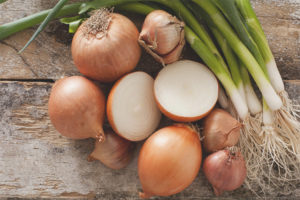
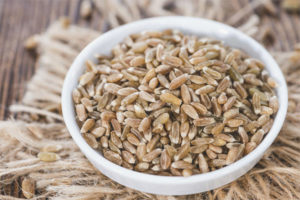
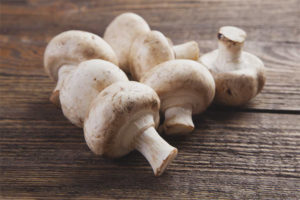
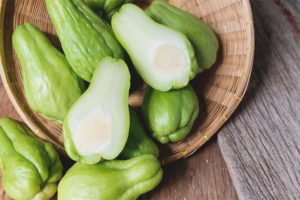
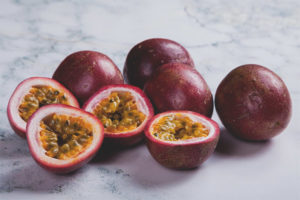
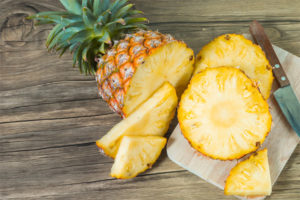
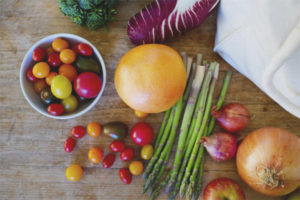
Submit